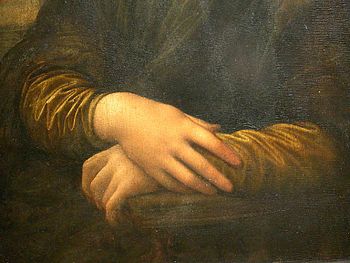Treasures of the World Episode 1: Theft of the Mona Lisa & Guernica: Testimony of War
1. Theft of the Mona Lisa / 2. Guernica: Testimony of War
"Treasures of the World" casts masterworks of art and nature in the starring roles of some of the most engaging stories of history: tales of mishap and madness, inspiration and intrigue, devotion and discovery. The series weaves dramatized events with evocative archival images and captivating insights from the collectors and curators of these great prizes.
"Theft of the Mona Lisa" — On August 21, 1911, someone stole the most famous painting in the world from the Louvre. In the investigation that followed, police combed every inch of the museum, and some rather unusual suspects were called into question. But the mystery of the lady's disappearance would remain unsolved for two years. As the story unfolds, so does a greater appreciation of Leonardo da Vinci's masterpiece.
"Guernica: Testimony of War" — Pablo Picasso was reluctant to mix art and politics. But on April 27, 1937, atrocities perpetrated by Franco on the small Basque village of Guernica during Spain's civil war changed all that. Picasso's "Guernica" is one of this century's most unsettling indictments of war. Revealing photographs of the work in progress lend insight into Picasso's creative process and his struggle between artistic merit and political imagery, as circumstances transform the star canvas into a flag of freedom and democracy.
Produced by STONER PRODUCTIONS, INC.
Executive Producer BARRY STONER
Producer / Director SUZANNE DUROUX and BARRY STONER
Writer SUZANNE DUROUX
Additional Writing BARRY STONER and PAUL MULLIN
Editor KENT BEESON
Narrated by KRISHA FAIRCHILD
Original Music THOMAS McGURK
Directors of Photography DAVID FOX and DIANA WILMAR
Additional Voices DAVID OSSMAN and HENRY DARDENNE
Performers
GEOF SPENCER
JEFF MIHALYO
DEBORAH A.

 |
| Detail of Lisa's hands, her right hand resting on her left. Leonardo chose this gesture rather than a wedding ring to depict Lisa as a virtuous woman and faithful wife. (Farago 1999, p. 372) (Photo credit: Wikipedia) |